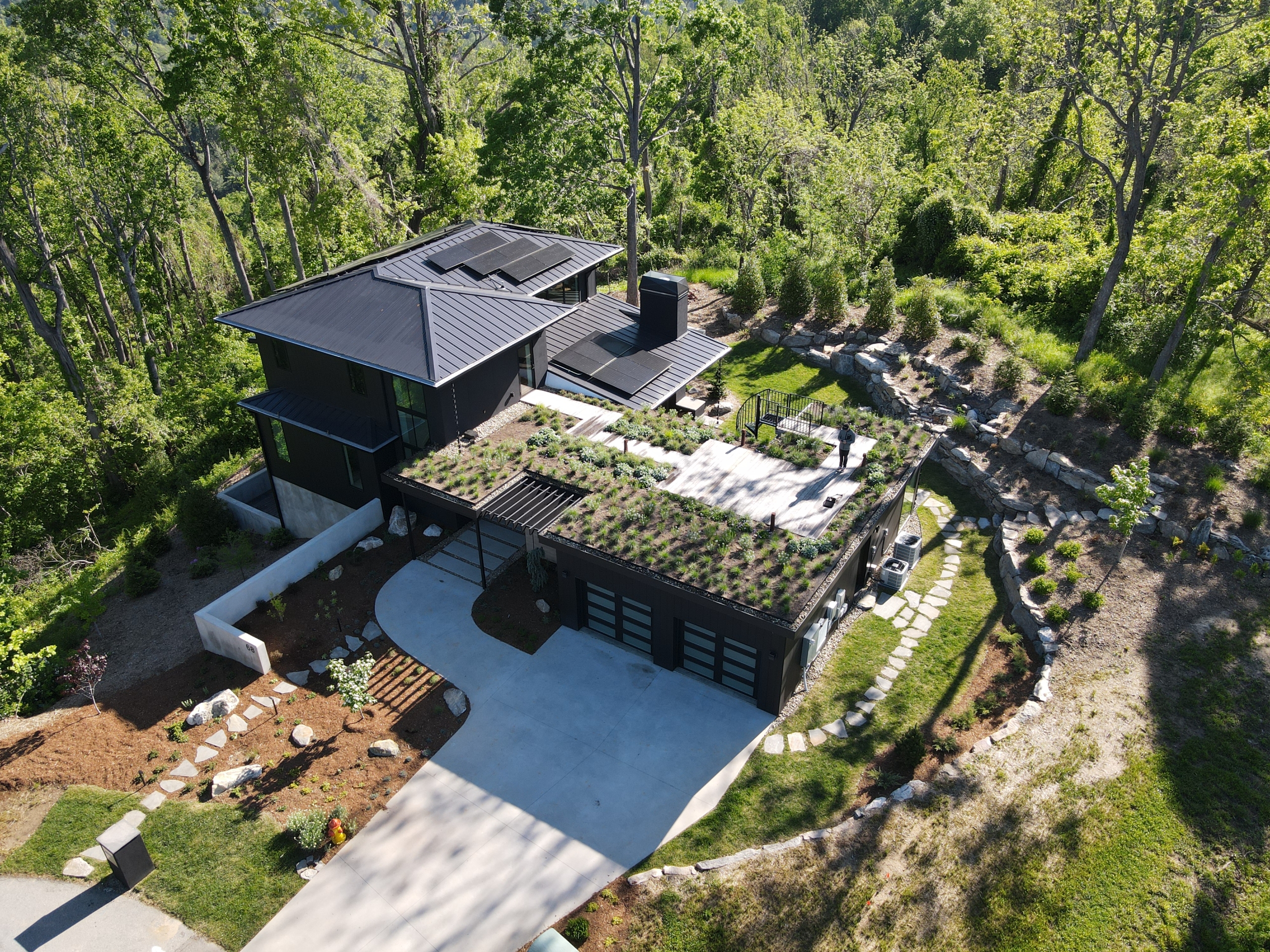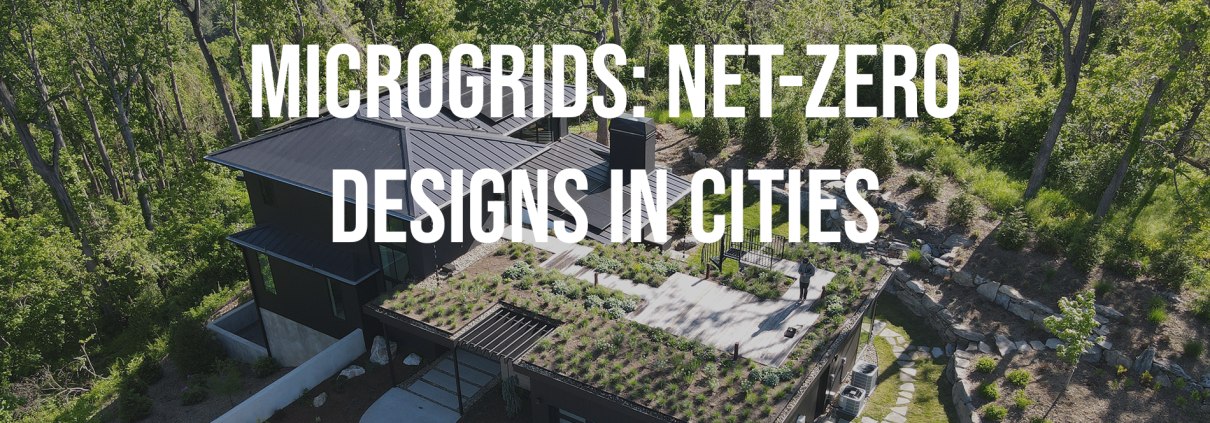MicroGrids: Net-Zero Design in Cities
As Asheville architects move towards sustainable architecture, the question of how to design net-zero homes in cities arises.
Achieving energy independence in cities presents challenges. Traditional off-grid solutions are often space-intensive. To address this, microgrid design has emerged as a promising step option.
Urban areas benefit from higher housing density. With more people living in single centralized areas, this supports public transportation systems, reduces land use, and fosters community interaction.
Microgrids are localized energy networks that can operate independently or in conjunction with the main power grid. A microgrid typically sources its electricity from one or more local sources- such as solar panels, wind turbines, and small generators.
As the energy is generated, it is then dispersed to a home using a control system. Control systems can decide when to draw power or to supply power to the main grid. They can also decide when to operate independently.
Microgrids can enable communities to generate and manage their own electricity. In daily use it can improve energy security and reduce vulnerability to widespread grid failures. In an environmental disaster, it can be a crucial element in surviving and maintaining quality of life.

Microgrids are emerging as the future of urban sustainable architecture.
By incorporating renewable energy sources like solar panels and wind systems, microgrids can contribute to sustainability efforts, while providing reliable power during emergencies.
As natural disasters become more frequent as climate change, the importance of energy-independent homes and resilient infrastructure cannot be overstated.
While off-grid living offers unparalleled self-sufficiency in rural areas, integrating energy-independent solutions within urban settings through microgrids presents a viable path forward. By embracing innovations in energy systems, communities can enhance their preparedness for emergencies, ensure safety and continuity in the face of adversity- and even help prevent the escalation of climate change by improving energy efficiency.



